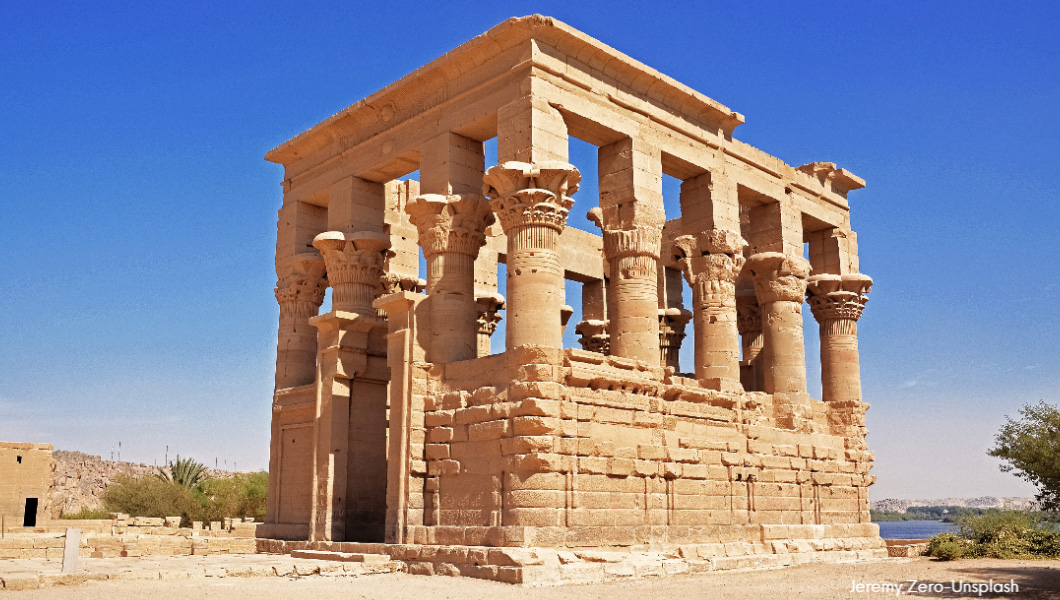Why We Love Egypt
On an Egypt vacation you discover a world of wonder, where time is measured by kingdoms, and distance by the setting sun. The splendor and beauty of Egypt’s ancient civilization and towering monuments entice many to visit and marvel. Our Egypt adventures which will take you to see the Sphinx, Pyramids of Giza, Abu Simbel, Aswan and so much more. Visit the Valley of the Kings in Luxor, where Tutankhamun’s tomb was unearthed, to see the gleaming discoveries in the Egyptian Museum. Sail the Nile and discover the Valley of the Kings and the magnificent temples along the way. Visit the bustling cosmopolitan city of Cairo, to experience the intersection of modern and ancient, Christian, and Muslim, all rubbing shoulders with luxury hotels and gourmet restaurants.
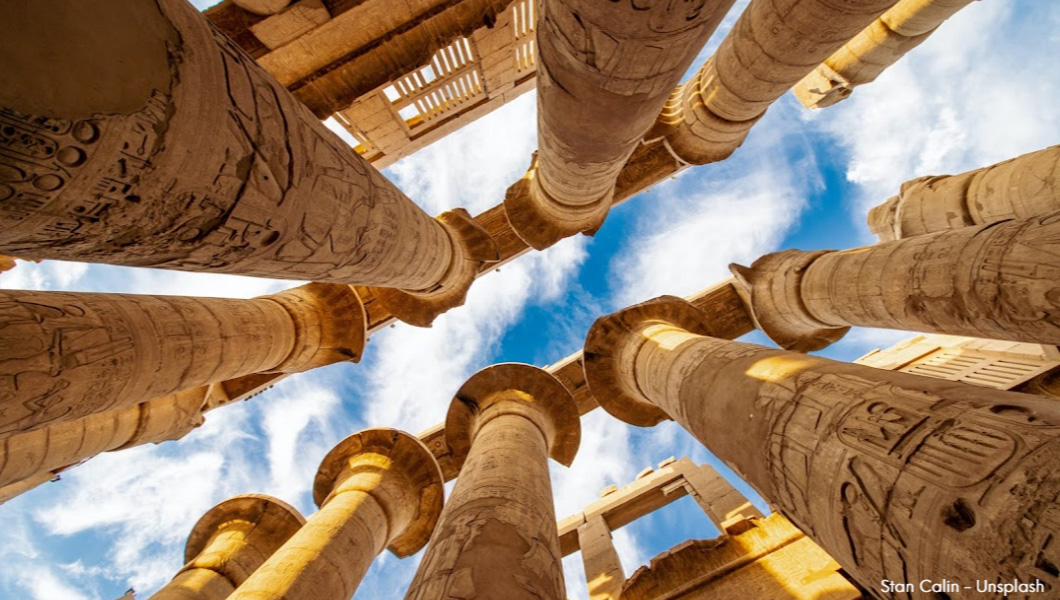
Pyramids of Giza and Sphinx
The pyramids are one of the main reasons that so many people travel to Egypt. The pyramids of Giza were royal tombs, and their elaborate complexes were built for three different pharaohs during an intense period of construction, from roughly 2550 to 2490 B.C. The pyramids were built by Pharaohs Khufu (tallest), Khafre (background), and Menkaure (front) and have been listed as one of the 7 wonders of the world. It is suggested that one should see the pyramids during the day and at night as the night light show is a stunning perspective.

The Great Sphinx of Giza is a giant 4,500-year-old limestone statue that is situated near the Great Pyramid. It is 240 feet long, 66 feet high and is one of the world’s largest monuments. It is also one of the most recognizable relics of ancient Egypt.
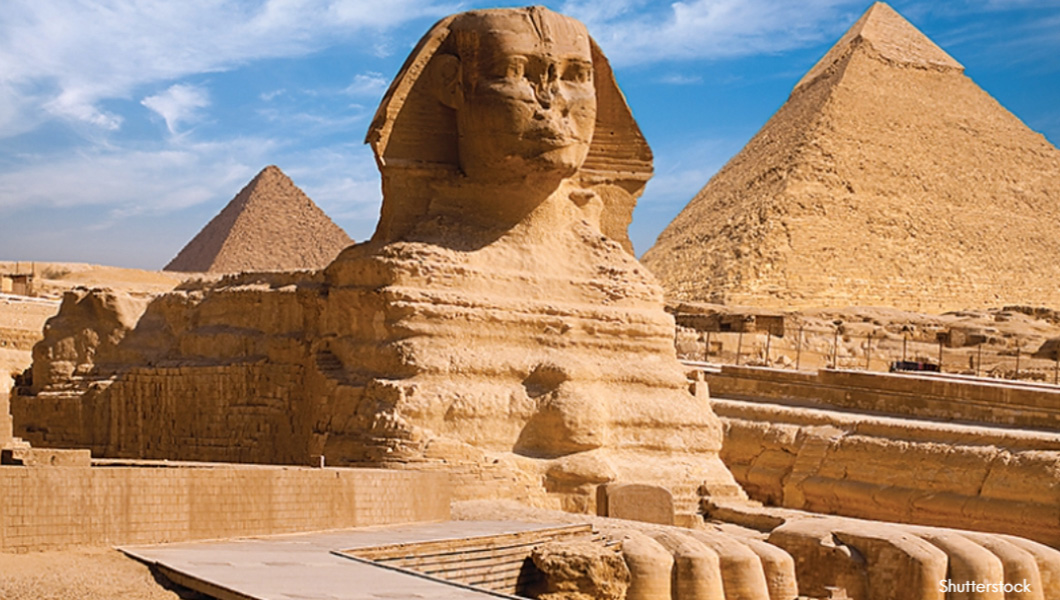
Suggested Itinerary: Egypt, Exclusively Yours
Nile River
The Nile River flows over 4,100 miles eventually reaching the Mediterranean Sea, making it one of the longest rivers in the world. For thousands of years, the river has provided a source of irrigation to transform the dry area around it into lush agricultural land. The Nile River was critical to the development of ancient Egypt. In addition to Egypt, the Nile runs through or along the border of 10 other African countries. Today, the river continues to serve as a source of irrigation, as well as an important transportation and trade route.
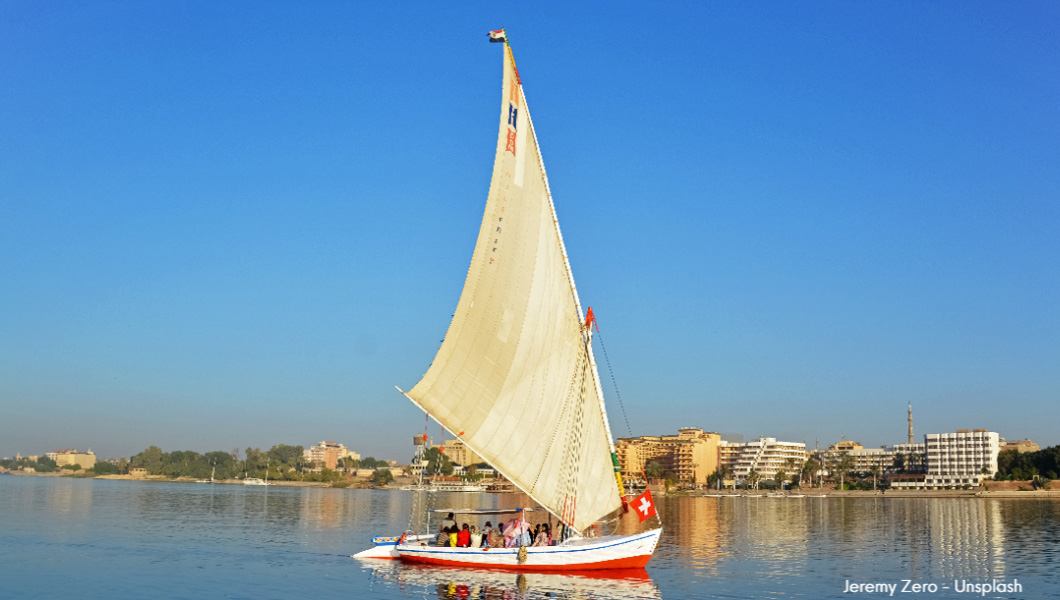
Abu Simbel Temples
The Abu Simbel temples are two massive rock-cut temples at Abu Simbel, near the border with Sudan. They are situated on the western bank of Lake Nasser, about 140 miles southwest of Aswan. The four colossal statues at the front the temple, are like gigantic sentinels watching over the incoming traffic from the south, certainly designed as a warning of the strength of the pharaoh. After viewing this temple, you will leave with a sense of wonder and awe for the ancient civilization that came before.

Suggested Itinerary: Egyptian Explorer
Valley of the Kings in Luxor
The Valley of the Kings on the west bank of the Nile River near Luxor is one of Egypt’s most spectacular destinations and one of the most famous archaeological sites in the world. This small area is a burial ground for Pharaohs that lie in exquisitely decorated treasure-filled tombs as vast temples rise from the desert. These tombs were constructed between 1539 and 1075 BC. A visit to Luxor and the Valley of the Kings transports you directly to the Egypt of the history books.
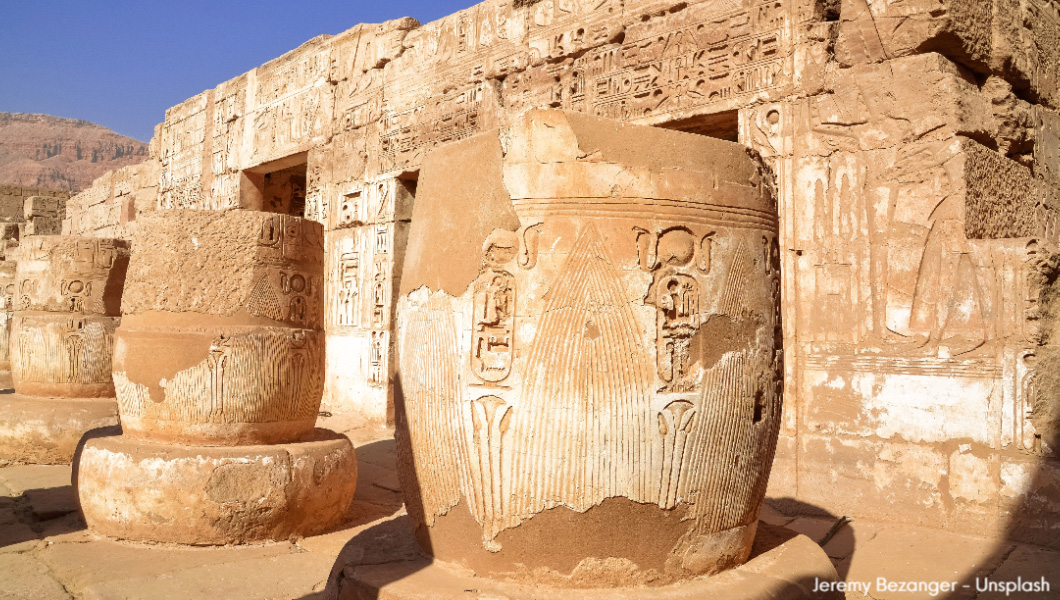
Kom Ombo
As you approach from the river, the soaring columns of the Great Temple of Kom Ombo rising dramatically above the Nile's bank are one of Egypt's iconic views. Unique in Egypt, the temple's twin dedication is reflected in its plan – the local crocodile god Sobek, and Haroeris, meaning Horus the Elder. Today Kom Ombo may be a sleepy agricultural location in the middle of nowhere, surrounded by sugar cane fields, but this temple is a reminder of this area's importance in Ancient Egypt due to its prime position along the Nile. Stroll through the temple's colonnades, gazing up at scenes of pharaonic propaganda, and you will capture the ambience of this glorious history for yourself.
Aswan
Aswan is modern, but sleepy and is easily the prettiest town in Egypt. There are plenty of things to see, but it is not a place to hurry. Although not as rich in sights as Luxor, it does still have the picture-perfect Temple of Philae, and the monumental Aswan High Dam. Fringed with palms, the desert horizon is broken by the Aga Khan’s mausoleum and the faint outline of the Monastery of San Simeon, located amidst the arid landscape. The river is wide here, flowing gently down from Lake Nasser around dramatic black-granite boulders and palm-studded islands. Colorful Nubian villages run down to the water and stand out against the backdrop of the west bank's desert escarpment. In ancient times it was a garrison town for the military campaigns against Nubia; its quarries provided the granite used for so many sculptures and obelisks.
